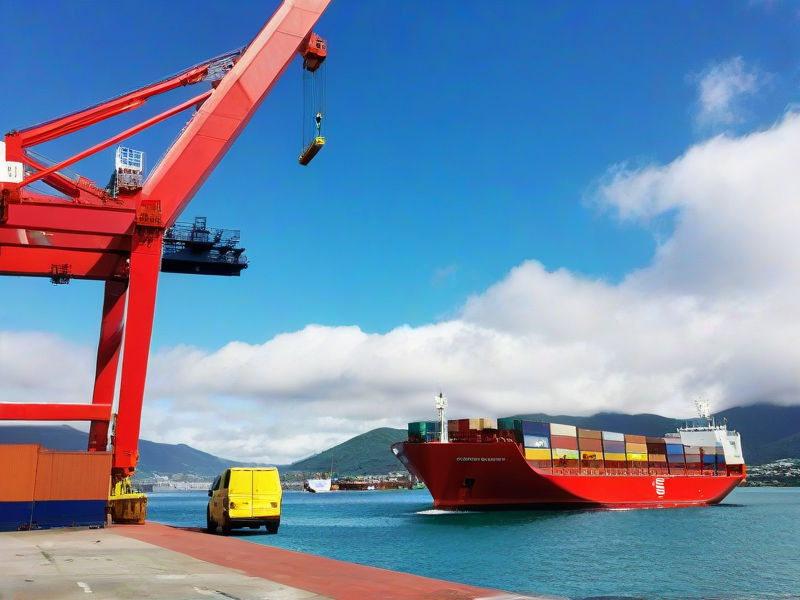Among the important agendas of this year’s Two Sessions of the whole country, the transformation and development of the logistics industry have become the focus of attention from all sectors. By focusing on the Two Sessions, listening to the new voices in the logistics field, paying attention to the new hotspots in logistics, deeply studying the logistics topics of the Two Sessions, and learning the key points of logistics in the government work report, we can gain insights into the multi-dimensional breakthroughs in the development of the logistics industry in 2025, and deeply think about the new trends and changes in the current development of the logistics industry.

From studying the government work report, we can know that the development of the logistics industry in 2025 needs to be integrated into two central tasks: consumption upgrading and the promotion of a unified and open national market.
——Consumption Upgrading
The focus of economic policies is more inclined towards benefiting people’s livelihoods and promoting consumption. Boosting consumption will unblock the economic cycle, and consumption upgrading will lead industrial upgrading. New economic growth points will be created while ensuring and improving people’s livelihoods. Therefore, the new trend of logistics development should serve consumption, seek opportunities and development from consumption upgrading.
More financial resources should be “invested in people” and serve people’s livelihoods, forming a virtuous cycle between economic development and people’s livelihood improvement. Expand domestic demand in all aspects, release the potential of diversified and differentiated consumption, and accelerate the development of new types of consumption such as digital, green, and intelligent consumption. The development of the logistics industry needs to be integrated into this process, promoting the efficient flow of goods and services, and achieving “unblocking the economic cycle”.
Carry out special actions to boost consumption, better combine consumption and investment, and accelerate the filling of the shortcomings in domestic demand, especially in consumption, so that domestic demand can become the main driving force and stable anchor for economic growth. And the development of the logistics industry will promote the formation of a large consumption pattern. For example, with the continuous improvement of the logistics system, the commodity circulation network extends to the grassroots level, the commodity supply capacity of the rural market is enhanced, and the consumption potential is further released.

 alt=""
alt="" 


 Logistics line quotation
Logistics line quotation Cross-border express order
Cross-border express order 24 hours online customer service
24 hours online customer service Huixiang Cross-border Logistics all rights reserved
Huixiang Cross-border Logistics all rights reserved 






